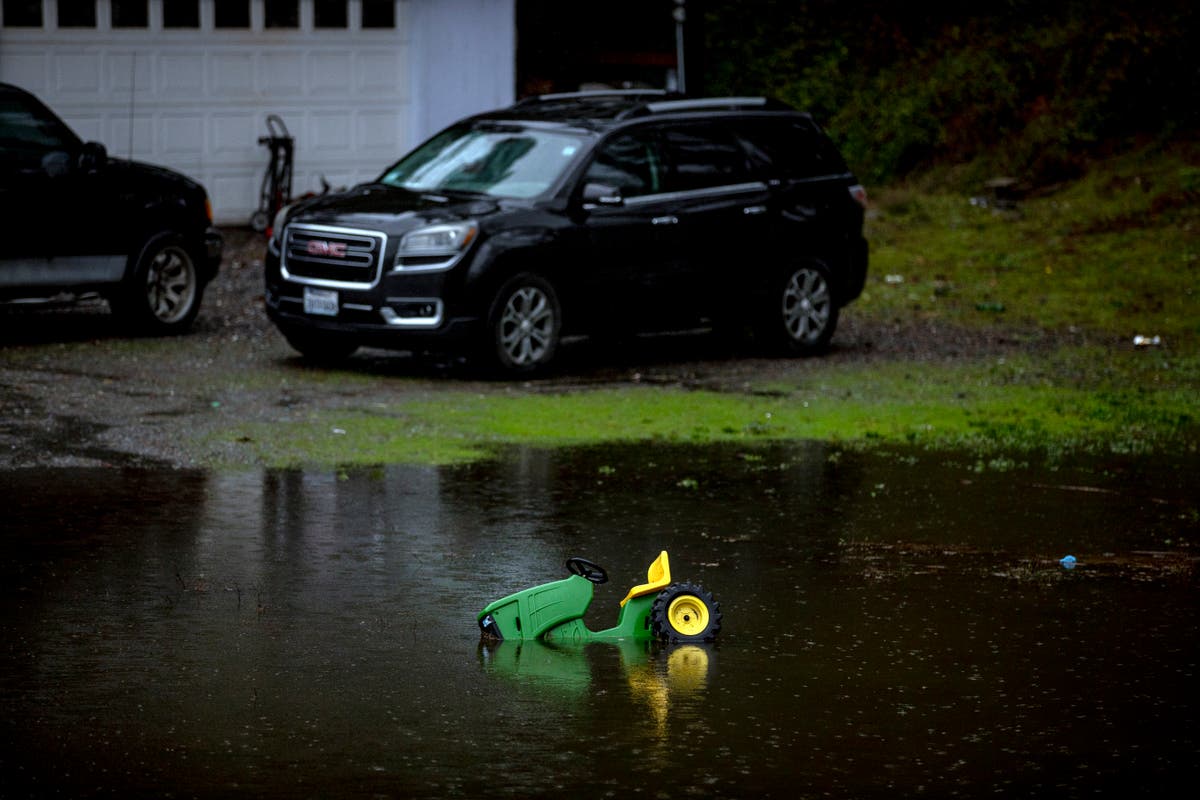
This article has been checked for horticultural accuracy by Oliver Parsons . A spider plant ( Chlorophytum comosum ) is a good house plant for a beginner as it's low maintenance and easy to grow. Native to South Africa, it has evergreen leaves that look good year round.
Most are variegated with a white stripe down the centre of the narrow leaves like ‘Vittatum’, while others have completely green leaves. Spider plants are fast growing but compact, rarely reaching more than 50cm in height. Place them on a shelf or in hanging baskets to show off their trailing foliage.

The bonus of owning a spider plant is that it’s easy to grow more. A mature spider plant will produce stems with a baby spider plant at the tip. These tiny plants are also called ‘spiderettes’ and can be grown on to make new plants for free.
Spider plants are not toxic, so there is no need to worry about your pets or children. Watch this Care Guide with house plant expert Jane Perrone to find out more about caring for spider plants. How to care for a spider plant How to prune spider plants Remove dead, brown or yellow leaves, cutting them off at the base.
If there are too many spider plant babies and you don’t plan on replanting them all, remove some to save the parent plant energy. You can also cut off excess leaves if your plant is overgrown, but it’s best to repot if the plant is getting too big. Where to grow a spider plant Grow these easy plants in a bright spot out of direct sun as this can scorch their leaves.
They can cope with a bit of cold, but don’t leave them anywhere where the temperature will drop below 8 degrees in the winter. The best room for a spider plant will depend on the light. They can tolerate some shade, such as in a hallway, but if the leaves start to look yellow, it may be because your plant isn't getting enough light.
Although spider plants can grow well without humidity, they will do best if they are placed in a humid spot, so try it in a bathroom or kitchen, away from any south facing windows. How to plant a spider plant Plant spider plants into a good, peat-free potting or house plant compost. Use a pot that is just a bit bigger than the root ball.
Water well and pour away any excess water in the outer pot or saucer. How to propagate spider plants Spider plants will produce flowers in spring and these turn into spiderettes, or spider plant babies. These can be used to produce new plants.
If your spider plant has not produced babies, this could be because the plant is not yet mature enough or it is not happy in its current location. Long, vine like stems will emerge from the centre of your plant when it is mature and happy. Spider plant babies grow at the tip of these long stems.
To make new plants from spider plant babies, either snip off the spider plant baby or grow it on while it’s still attached. It's also possible to place the spider plant baby in a jar of water to root, before planting into a pot of compost. This can be a fun project to do with children, so they can see the roots developing.
To grow on a spider plant baby while it's still attached to the parent plant, pin it down into a pot of compost, as you would do for a strawberry runner. Water well. Once the spider plant baby has rooted into its new pot, cut it off from the main plant's stem.
Alternatively you can cut off the spider plant baby and plant it in its own pot. Cut the stem just above the spider plant baby. Choose a baby that has already has several roots.
Pot it up into peat free house plant compost. Make sure the pot has drainage holes. Water well.
Pests and diseases Spider plants do not tend to get too many pests and are generally disease free. Look out for scale insects – you'll find them in the nooks between leaves and you may notice a sooty mould. Try removing the insects with your fingernail or use an organic soapy spray.
Advice on buying spider plants Where to buy spider plants.














